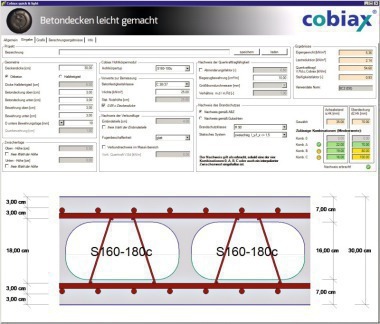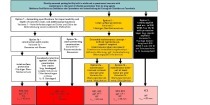Challenges and opportunities of creating a central database covering the entire life cycle
Building Information Modeling (BIM) digitally generates and stores relevant data pertaining to a building or structure directly in the design and construction phases. In addition, it creates a virtual building model and interlinks it with alphanumeric data. Any information or document still missing at the acceptance stage can subsequently be added thanks to the uniform IFC data standard. The resulting documentation provides an essential prerequisite for the sustainable construction and operation of structures. In addition, it is in the best interest of both owners and operators because information deficits may give rise to significantly higher costs, longer time to completion, and lowered quality standards.
Besides clear standards for data collection and transfer, many businesses are currently lacking effective tools for tapping into internal (and external) data. Additional obstacles are created by discontinuous or inconsistent data handling, different systems, procedures and standards. This often raises a number of questions, for instance if data can also be maintained graphically, who is responsible for providing the new component models when individual components or entire systems are replaced, and which party is to transfer the model to a central database for collaboration purposes. Very much like in the design and construction phases, the true value added by BIM data will only become tangible when providing the option of shared, simultaneous use. Standardizing the syntax through BIM or the IFC data standard alone will not suffice – processes also need to be rethought completely.
Project stakeholders should thus aim to store any future data relevant to the documentation of a building or structure such that all of them will be in a position to benefit from a shared database. Such a documentation could cover all phases of the life cycle of construction works and unleash significant potentials for optimization for the businesses involved in the design, construction and operation of structures.







